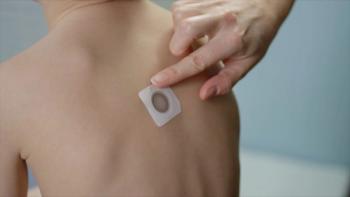
Prevent vehicular heatstroke with this tool
The number of children dying in hot cars is on the rise, but the National Safety Council has developed a new tool to help parents understand heatstroke and avoid tragedy.
The number of children dying from being left in hot cars is on the rise, and the National Safety Council (NSC) is taking steps to avoid another record-setting year.
According to the NSC, more children died in hot cars in 2018 than any other year on record, with 52 children dying from pediatric vehicular heatstroke. To combat this alarming trend, the NSC developed a
Data from the NSC show that 53.8% of vehicular heatstroke deaths occurred when children were forgotten in cars; 26.3% occurred when children gained access to cars and became trapped inside; and 18.6% were attributed to children being knowingly left in vehicles.
Valuable resource for caregivers
The goal of the training course is to alert parents about the dangers of hot cars, and it takes just 15 minutes to complete. The course includes safety tips to avoid heatstroke deaths, such as sticking to routines to avoid forgetting a child in a vehicle; keeping doors locked so that children can’t gain access to an unattended vehicle; and teaching children that cars are not play areas.
David Diamond, PhD, professor, Department of Psychology, Cognitive, Neural, and Social Division, at the University of South Florida, Tampa, says the training course is a fantastic resource for parents to use to avoid heatstroke tragedies.
“The guidelines are all evidence based and objectively provide effective strategies to protect children from being left in cars,” Diamond says. “The video of the father is a powerful message to all people who demonize people who leave children in cars to realize that it can happen to everyone.”
The training course isn’t just a resource for parents and caregivers, however. Pediatricians should regularly remind parents about vehicle safety measures, and can recommend the training course to families.
“I hope pediatricians will take this message to heart and emphasize to new parents that failure of memory is not a failure of love for a child, that it can happen to anyone,” Diamond says.
The training course follows the release of the NSC’s
Technology can help reduce deaths
The NSC suggests there is more room for technology in preventing heatstroke deaths in cars, such as reminders that sound alarms and display dashboard messages to check the rear seats of vehicles, as well as car seat alarms that remind drivers to check car seats when exiting vehicles.
The
References:
1. National Safety Council. Children in Hot Cars. Available at:
2. National Safety Council. Kids in Hot Cars: A Legislative Look Across the US. Available at:
3, American Academy of Pediatrics. Prevent child deaths in hot cars. HealthyChildren.org website. Available at:
Newsletter
Access practical, evidence-based guidance to support better care for our youngest patients. Join our email list for the latest clinical updates.






